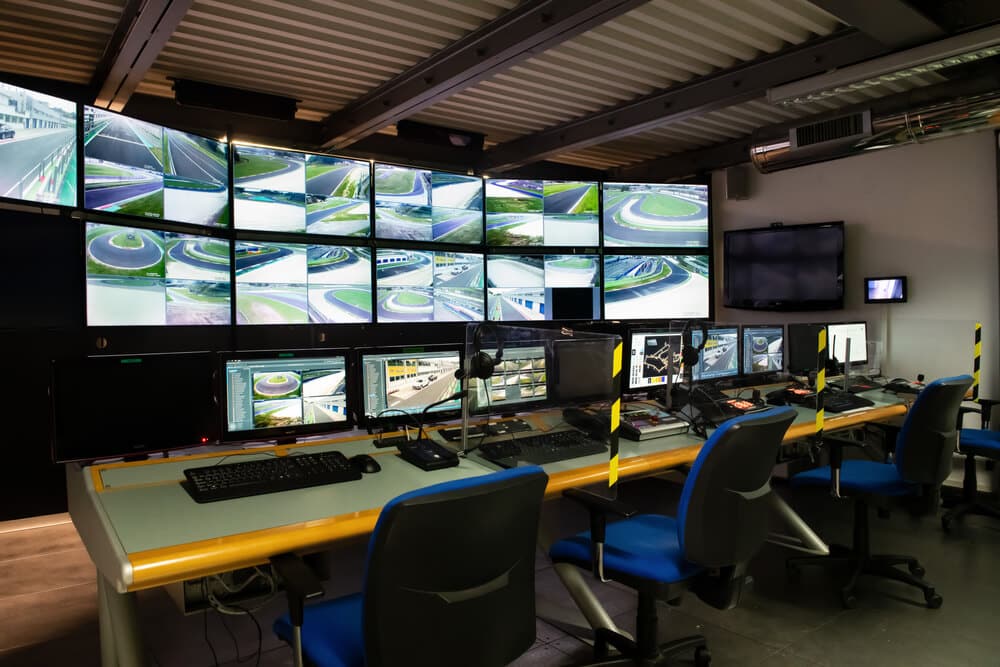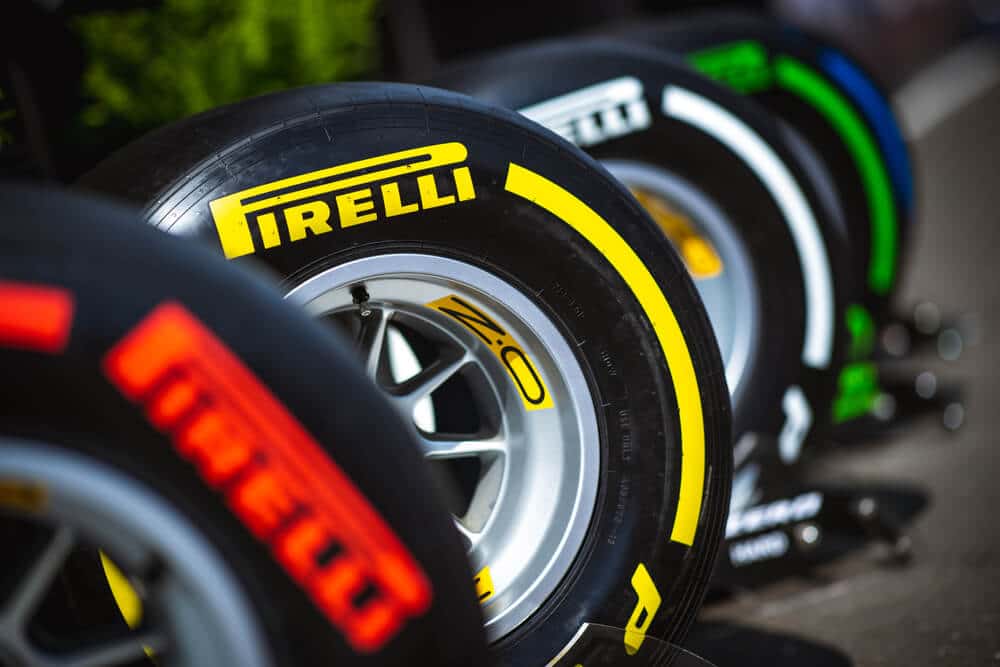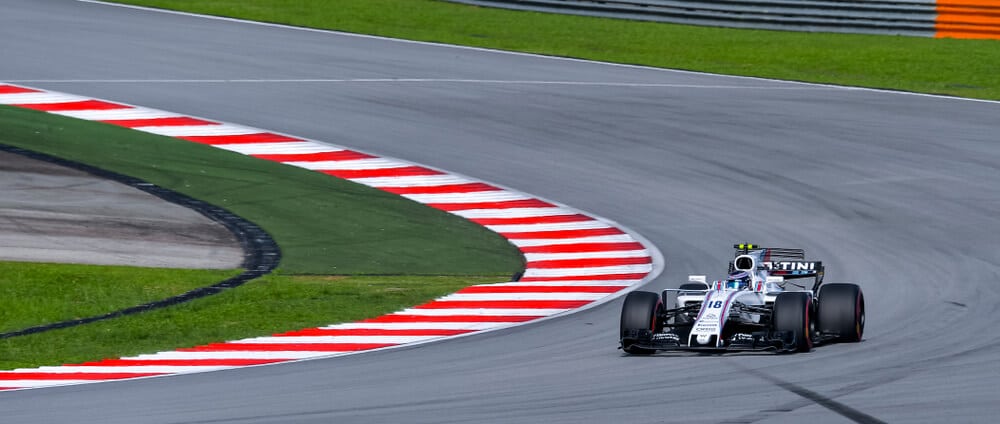Formula One is one of the most exciting and thrilling motorsports in the world. With cars that can reach speeds of up to 360km/h, it takes a team of professionals to ensure the safety of drivers, fans, and the integrity of the sport.
The Race Director is a critical member of that team, responsible for overseeing the race and ensuring that all regulations are followed.
Table of Contents
The Role of the Race Director
The Race Director has many responsibilities throughout a Grand Prix weekend. They are responsible for:
- Managing the race start procedure: They oversees the starting grid, making sure that all cars are in their correct positions before the lights go out.
- Monitoring the race: During the race, the Race Director monitors the progress of each car, ensuring that they follow the rules and regulations. They work closely with the stewards to enforce the rules and maintain fairness throughout the race.
- Managing the safety car: In the event of an accident or other safety issue, the Race Director deploys the safety car. They also determine when the safety car should leave the track and the race can resume.
- Communicating with teams and drivers: They communicates with teams and drivers throughout the race, providing updates and instructions.
- Deciding on penalties: If a driver is found to have violated the rules, the Race Director decides on the appropriate penalty. This can include time penalties, grid penalties, or disqualification from the race.
Qualifications and Requirements
To become a Race Director, one must have a deep understanding of the sport and its rules and regulations. They must also have experience in motorsports, particularly in Formula One. The FIA, the governing body of motorsports, selects them based on their experience, qualifications, and reputation.
To be good at the job they must have excellent communication skills, as they will be required to communicate with teams and drivers throughout the race. They must also have strong leadership skills, as they are responsible for managing a team of officials.
The Challenges of the Job
The role of the Race Director can be challenging and demanding, especially during a Grand Prix weekend.
They must make quick decisions under pressure and ensure that they are fair and consistent. Some of the challenges that they may face include:
- Dealing with unexpected situations: Accidents, inclement weather, and technical issues can all cause unexpected situations during a race. They must be able to make quick decisions to ensure the safety of all involved.
- Managing the race start procedure: The start of a Formula One race can be chaotic, with drivers jostling for position. The Race Director must ensure that the race starts safely and fairly.
- Managing the safety car: The safety car is often deployed during a race, and the Race Director must be able to manage the deployment and return of the safety car in a way that does not disrupt the flow of the race.
- Enforcing the rules: They are responsible for enforcing the rules and regulations of the sport, which can be a difficult and controversial task.

Notable Race Directors in F1 History
Over the years, there have been many notable Race Directors in Formula One history. Some of the most influential Race Directors include:
- Charlie Whiting: Whiting was the Race Director for Formula One from 1997 until his sudden death in 2019. He was known for his vast knowledge of the sport and his fair and consistent decision-making.
- Roland Bruynseraede: Bruynseraede served as the Race Director for Formula One from 1988 to 1997. He was known for his strong leadership skills and his ability to manage difficult situations.
- Herbie Blash: Blash served as the Race Director for Formula One from 1996 to 2016. He was known for his calm demeanor and his ability to communicate effectively with teams and drivers.
Technology and the Role of the Race Director
The role of the Race Directors has evolved significantly over the years, thanks in part to advances in technology.
Today, Race Directors have access to a wide range of tools and resources to help them manage the race more effectively. These include:
- Live telemetry data: Race Directors have access to live telemetry data from each car, which allows them to monitor the performance of each vehicle in real-time. This data can help Race Directors to make more informed decisions about safety and penalties.
- Virtual safety car: In addition to the traditional safety car, Race Directors can now deploy a virtual safety car. This system restricts the speed of all cars on the track, allowing marshals to clear debris without the need for a full safety car deployment.
- Video footage: They can review video footage from multiple angles to help them make decisions about penalties or incidents that occur during the race.
Frequently Asked Questions
1. What is the role of an F1 race director?
2. How do you become an F1 race director?
3. What kind of decisions does an F1 race director make during a race?
5. How does technology impact the role of an F1 race director?
6. Who are some of the most famous F1 race directors?
Conclusion
The role of the Race Director in Formula One is critical to the safety and integrity of the sport. They are responsible for managing the race start procedure, monitoring the race, managing the safety car, communicating with teams and drivers, and deciding on penalties.
To become a Race Director, one must have a deep understanding of the sport and its rules and regulations, as well as excellent communication and leadership skills. The role of the Race Director can be challenging, but it is also incredibly rewarding for those who are passionate about motorsports. With advances in technology, the role of the
They continues to evolve, ensuring that Formula One remains one of the most exciting and thrilling motorsports in the world.
Article sources
Learn more about Formula One
Want to learn more about F1? Then visit our Formula 1 glossary and dictionary.


